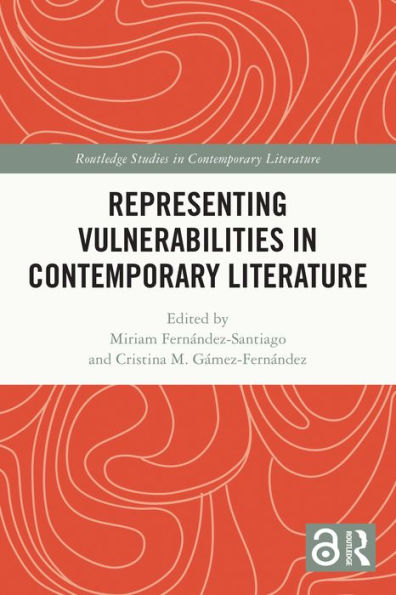Representing Vulnerabilities in Contemporary Literature includes a collection of essays exploring the ways in which recent literary representations of vulnerability may problematize its visibilization from an ethical and aesthetic perspective. Recent technological and scientific developments have accentuated human vulnerability in many and different ways at a cross-national, and even cross-species level. Disability, technological, and ecological vulnerabilities are new foci of interest that add up to gender, precarity and trauma, among others, as forms of vulnerability in this volume. The literary visualization of these vulnerabilities might help raise social awareness of one’s own vulnerabilities as well as those of others so as to bring about global solidarity based on affinity and affect. However, the literary representation of forms of vulnerability might also deepen stigmatization phenomena and trivialize the spectacularization of vulnerability by blunting readers’ affective response towards those products that strive to hold their attention and interest in an information-saturated, global entertainment market.
Representing Vulnerabilities in Contemporary Literature includes a collection of essays exploring the ways in which recent literary representations of vulnerability may problematize its visibilization from an ethical and aesthetic perspective. Recent technological and scientific developments have accentuated human vulnerability in many and different ways at a cross-national, and even cross-species level. Disability, technological, and ecological vulnerabilities are new foci of interest that add up to gender, precarity and trauma, among others, as forms of vulnerability in this volume. The literary visualization of these vulnerabilities might help raise social awareness of one’s own vulnerabilities as well as those of others so as to bring about global solidarity based on affinity and affect. However, the literary representation of forms of vulnerability might also deepen stigmatization phenomena and trivialize the spectacularization of vulnerability by blunting readers’ affective response towards those products that strive to hold their attention and interest in an information-saturated, global entertainment market.

Representing Vulnerabilities in Contemporary Literature
202
Representing Vulnerabilities in Contemporary Literature
202Related collections and offers

Product Details
| ISBN-13: | 9781000827989 |
|---|---|
| Publisher: | Taylor & Francis |
| Publication date: | 12/01/2022 |
| Series: | Routledge Studies in Contemporary Literature |
| Sold by: | Barnes & Noble |
| Format: | eBook |
| Pages: | 202 |
| File size: | 1 MB |
